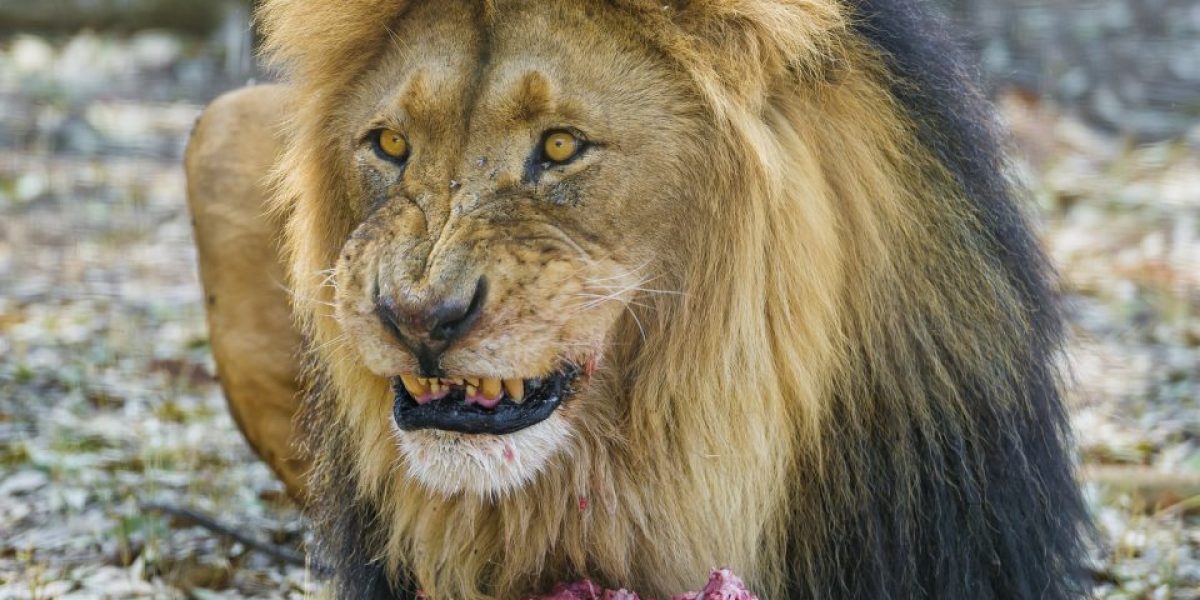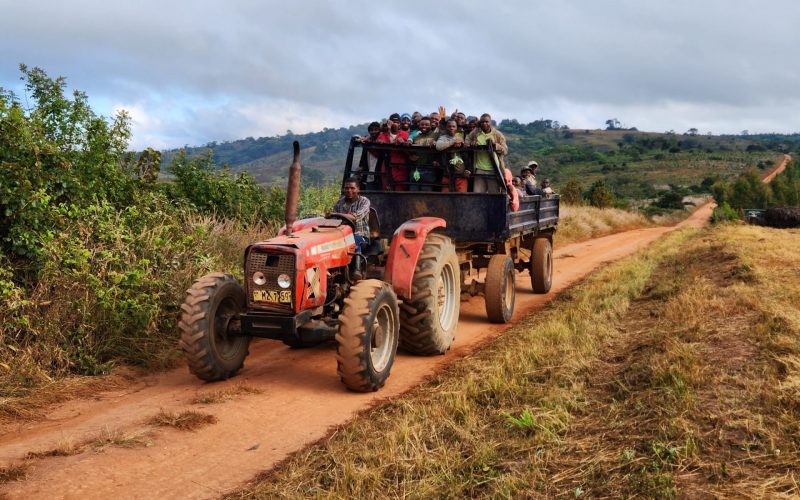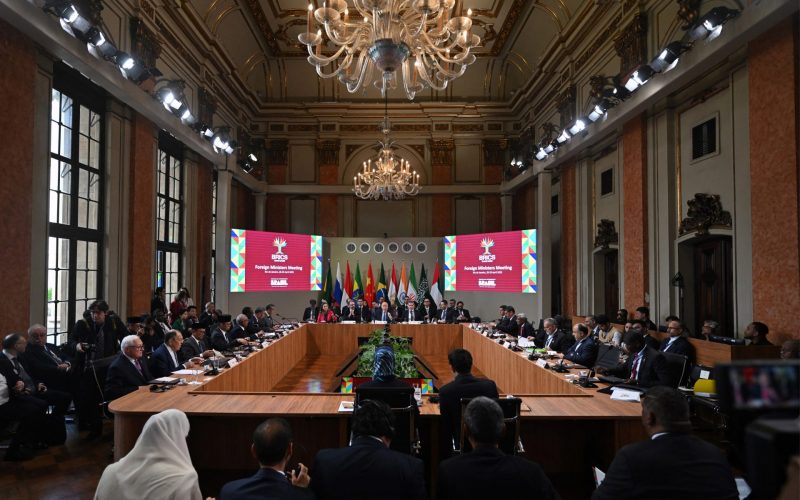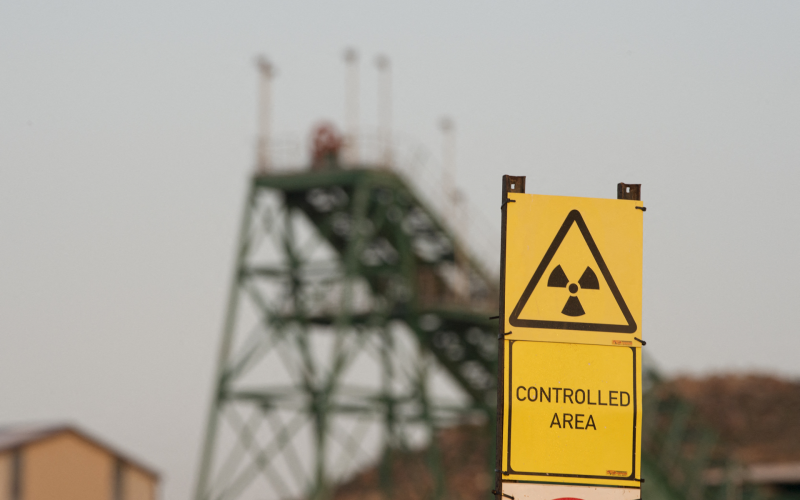The first is a formal academic review of the scientific and ‘grey’ (reports and newspaper articles) literature pertaining to the predator breeding industry. It interrogates the most recent attempt to quantify the economic significance of the industry and finds its conclusions questionable for a number of reasons. One of its claims, for instance, is that the predator breeding industry provides positive conservation value. The review examines this claim against the available literature and finds it dubitable.
Even if the conservation impact was neutral, it is not clear that the genetic impairment and welfare problems justify the continuation of the industry, even under the banner of ‘sustainable utilisation’ and the ‘wildlife economy’ doctrine. This is especially important if the theoretical possibility of future adverse conservation consequences is strong. Finally, it examines the dynamics of the lion bone trade and questions whether predator breeding can satisfy demand for tiger and lion derivative parts in East-Southeast Asia. If, as it seems, legal bone exports provide a laundering channel to feed the illicit wildlife trade, South African authorities are well advised to reconsider their current position and instead set the export quota to zero.
The second part of the report provides a framework for assessing the claims – made by the predator breeding industry – of economic significance and positive conservation value. The literature is relatively clear that these claims do not correspond to reality, but no work yet exists in the public domain that tentatively quantifies the costs and benefits of the industry. The word ‘tentatively’ is used because the next steps required are a full forensic audit of the industry and a more rigorous cost-benefit analysis using the most appropriate scientific methods. Neither of these research propositions can be fulfilled without a full dataset of the industry and its revenue flows.
This report aims to provide a foundation on which future work can be built. In doing so, it provides more data than existing work to date. From that data, it demonstrates that current efforts to quantify the economic significance of the predator breeding industry are inadequate and likely misleading. For instance, jobs currently undertaken by volunteer tourists crowd out local labour participation. One major finding, for instance, is that potentially as many as 84 full time jobs that would otherwise be available to local job-seekers are currently undertaken by volunteer tourists who falsely believe that they are contributing to conservation.
The report also demonstrates that the industry in its current form has no conservation value. To market it in that way is therefore disingenuous. In summary, the opportunity costs and negative externalities of the captive predator breeding industry in South Africa warrant substantive public policy reform and highlight the urgent need for more well-informed regulation.








